At first blush, it seems like the coronavirus pandemic is shutting down the economy everywhere, equally, with frightening force and totality. In many respects, that’s true: Across the country, consumer spending—which supports 70% of the economy—is crashing in community after community, as people avoid stores, restaurants, movie theaters, offices, and other public places. Already, the layoffs have begun, with reports coming in from both big cities including Seattle and Atlanta as well as small heartland towns.
But as recession forecasts proliferate, it’s not necessarily true that all areas will be hit equally hard. In a huge nation made up of diverse places and varied local economies, a look at the geography of highly exposed industries makes clear that the economic toll of any coming recession will hit different regions in disparate, uneven ways.
To illustrate this, we mapped the employment geography of an array of industries vulnerable to disruption by virus-related demand declines, shutdowns, and layoffs.

To do this, we used an identification of the “most at risk” industry groups included in the recent (and quite dire) research note from Mark Zandi, chief economist at Moody’s. Zandi composed a list of five especially vulnerable sectors: mining/oil and gas, transportation, employment services, travel arrangements, and leisure and hospitality. With this list in hand, we mapped those industries’ presence as a share of the economy within the nation’s various metropolitan areas.

Add the numbers up and the gargantuan scale of the current problem emerges. More than 24.2 million Americans work in the five high-risk sectors facing a sharp slowdown. This will likely prompt significant work disruptions, furloughs, and other uncertainties in the coming months.
But what do we find on a metro-area level? The most affected places are a who’s who of energy towns and major resort, leisure, and amusement destinations across the nation.

The most exposed metro area nationwide is the oil-and-gas town of Midland, Texas, with 42% of its workforce in high-risk industries. Other major energy producers such as Odessa and Laredo, Texas as well as Houma-Thibodaux, La. also land in the top 10 most affected.
The numbers also underscore the massive size of the nation’s reeling leisure and hospitality sector. Kahului, Hawaii, Atlantic City, N.J., and Las Vegas all fall into the top five most recession-vulnerable metro areas, each with more than a third of their workforce in industries threatened by coronavirus-related uncertainties. Other noteworthy affected tourist destinations across the U.S. include Ocean City, N.J., Myrtle Beach, S.C., Flagstaff, Ariz., and the Gulf Coast of Mississippi and Alabama.
The same pattern holds across larger cities. Among the nation’s 100 largest metro areas, Las Vegas is most exposed, followed by Orlando, Fla., the theme park capital of the country. Rounding out the top five in this group are New Orleans, which has ties to both the energy and tourism/hospitality sectors, Honolulu, and Oklahoma City.
On the other end of the spectrum, the metro areas positioned to be least directly affected by COVID-19 are a diverse group consisting of older, manufacturing-heavy industrial cities, agricultural towns, and some already-distressed places. Agriculture communities Madera, Calif. and Yakima, Wash. are the two least exposed metro areas nationwide, with less than 10% of their workforce in affected industries. Elkhart-Goshen, Ind., the RV capital of the world, rounds out the top three, however its numbers may belie potential manufacturing sector exposure from increased automation, which tends to concentrate in economic downturns.
Among the 100 largest metro areas, the economically safest are mostly tech-oriented university towns. Provo, Utah is the least exposed, followed by Durham-Chapel Hill, N.C., Hartford, Conn., Albany, N.Y., and San Jose, Calif.
From these lists, we can see that the places most vulnerable to immediate, short-term economic shocks from COVID-19 are geographically varied, but with common industry themes. But because the variations are driven by the nation’s enormous leisure sector in particular, our map provides only an initial glance at which places are going to be affected. In the event that the pandemic tips the economy into a significant nationwide recession, very few places or industries will emerge unscathed. And if that happens, other large sectors—including construction, manufacturing, retail, education, and even the motion picture industry—will be affected regardless of geography.
This suggests an important takeaway for policymakers: While essentially all of America will likely be affected by COVID-19’s economic effects, those effects will be distinct and varied from place-to-place. Given that, we must not only act quickly, but also attend to the unique regional and local impacts within this national crisis.
The Brookings Institution is committed to quality, independence, and impact.
We are supported by a diverse array of funders. In line with our values and policies, each Brookings publication represents the sole views of its author(s).
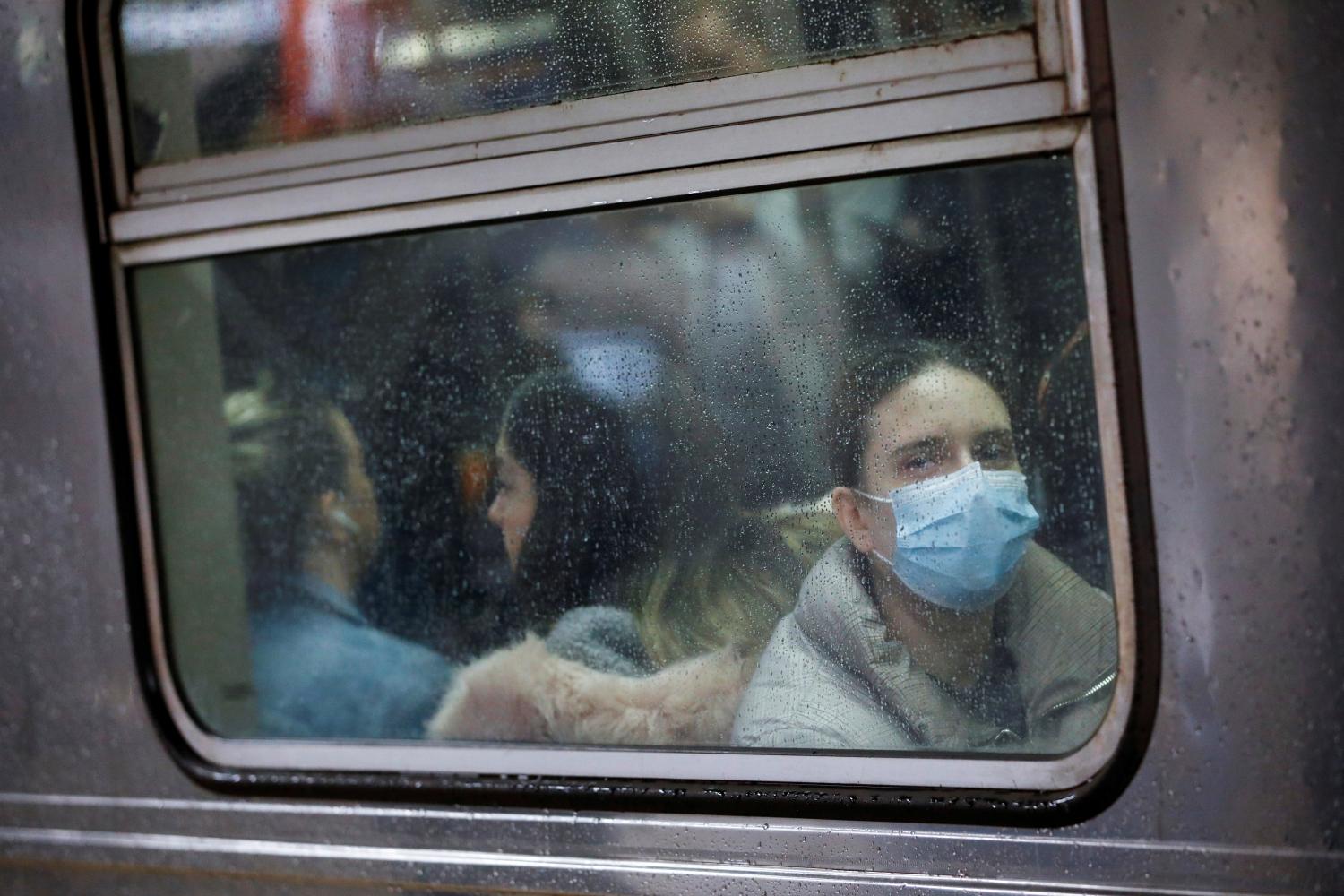
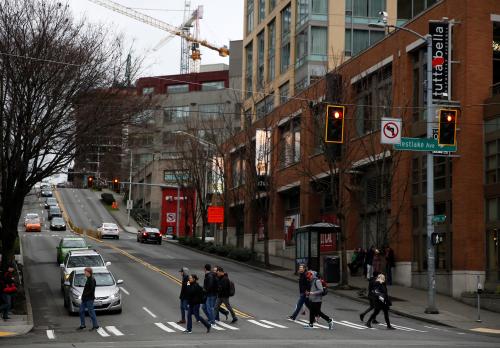
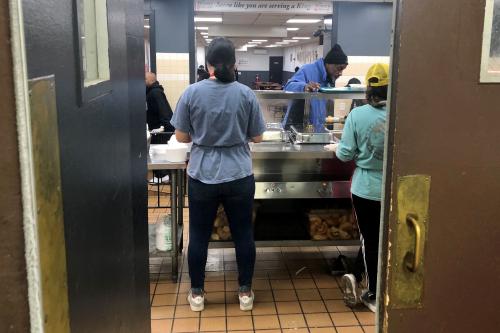
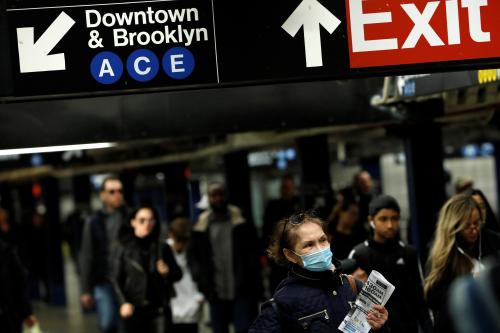




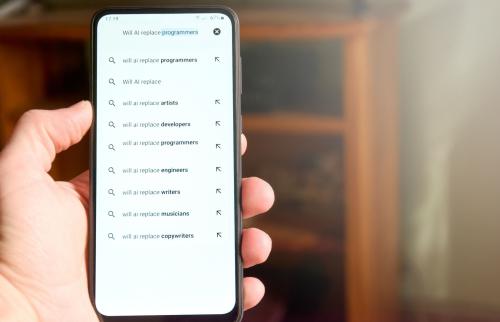

Commentary
The places a COVID-19 recession will likely hit hardest
March 17, 2020